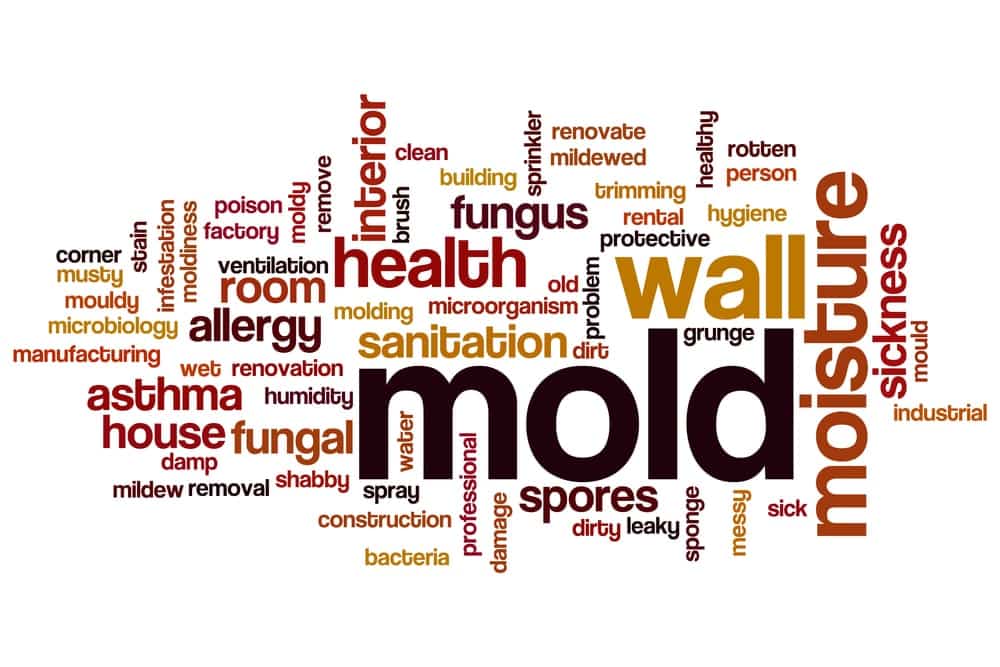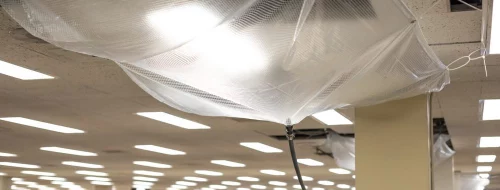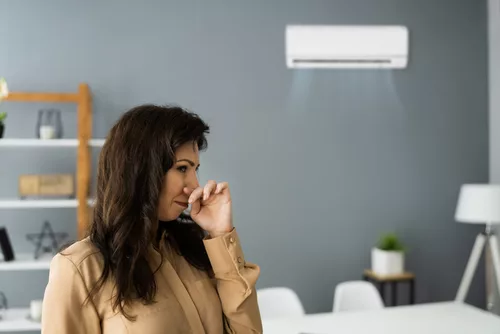Mold loves areas that are dark and cold – which means many times that there is a mold problem in a building, the owner’s have no idea. Mold likes to hide out of sight. It may seem like the best course of action with mold is “out of sight out of mind”, but that is very far from the truth. It’s time to seek out the mold and stop the problem before it becomes a larger issue that you will need to deal with in the future.
Commercial Building Mold
Mold found in commercial buildings is the same type of mold found in residential homes. And just like mold in a personal residence, mold in commercial buildings can cause health hazards to residents if untreated.
Mold produces irritants, toxins, and allergens that can cause respiratory and sinus problems in people of all ages. These allergies and issues may cause serious problems in people with compromised immune systems or those that already suffer from major allergies and respiratory problems.
Where does Mold Hide in Commercial Buildings?
Sometimes mold is easy to spot – you can see it along walls and other surfaces where humidity is high. If you see fuzzy or slimy areas that are brown, black, or green in color – chances are you have a mold problem. Mold is most common in wet areas of buildings like bathrooms, basements, and kitchens. The truth is, mold can happen anywhere.
If the right circumstances are present for mold to grow it will, regardless of the room. Mold needs an organic material to attach to, moisture, and low light or darkness. Once it begins growing, mold spores can quickly travel through the air and spread to other areas of the building.
When maintaining your commercial property, it is important to diligently check for mold or potential signs of mold. Take a look at the following areas and pay close attention to make sure they are mold free.
-
Carpet:
If mold appears on top of the carpet, that’s easy to see. But what about mold under your carpet, on the padding? Spills, wet shoes, and other leaks can cause water to seep into the padding beneath the carpet, allowing this dark area to be perfect for mold to begin growing.
-
Ductwork:
While air travels through your ductwork, moist air can condense and cause moisture in the ducts. Ducts are dark and if water begins gathering in the vents it becomes a great place for mold to grow. Once mold finds itself in the ventilation system, the air traveling through the vents acts as a fast way to spread the spores through all areas of the building.
-
Drain Pan in HVAC Systems:
Ventilation systems and other appliances have drain pans to collect and drain away any excess moisture. However, if something prevents the drain pans from working properly, you’ve just created a great living space for mold.
-
Storage Spaces:
If tenants store cardboard boxes of papers and files they could create a home for mold. If humidity reaches beyond ideal levels or water leaks are not cleaned as thoroughly as necessary, paper and cardboard will become moldy and full of mildew.
Call a Professional to Handle the Problem
At McMahon Services, our technicians are certified in mold remediation. We’ve served the Chicago area for years, and offer free estimates if you suspect your building may have a mold problem. We don’t simply remove the mold problem, instead, we find the source of the issue.
It is our goal to remove the mold problem, but also ensure that it does not return. Call us now to schedule your consultation if you suspect your building may have a mold problem.








0 Comments